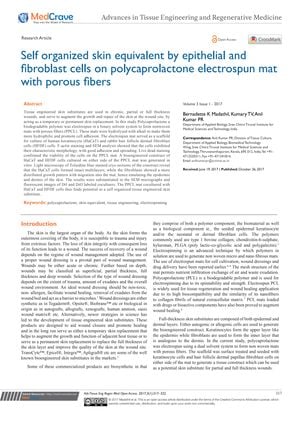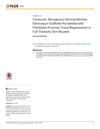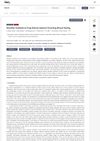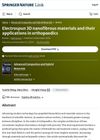Self-Organized Skin Equivalent by Epithelial and Fibroblast Cells on Polycaprolactone Electrospun Mat with Porous Fibers
October 2017
in “
Advances in tissue engineering & regenerative medicine
”

TLDR Researchers created a potential skin substitute using a biodegradable mat that supports skin cell growth and layer formation.
In the 2017 study, researchers developed a tissue-engineered skin substitute using Polycaprolactone (PPCL), a biodegradable polymer, to create electrospun mats with porous fibers. These mats were treated to increase hydrophilicity and promote cell adhesion. Human keratinocyte (HaCaT) and rabbit hair follicle dermal fibroblast (HFDF) cells were cultured on the mats, exhibiting characteristic morphology, good adhesion, and viability. The HaCaT cells formed multilayers, while the fibroblasts distributed and migrated into the mat, mimicking the epidermis and dermis layers of skin. The study concluded that the PPCL mat cocultured with HaCaT and HFDF cells has potential as a self-organized tissue-engineered skin substitute. The number of people involved in the study was not mentioned, as it focused on cell cultures rather than human subjects.



